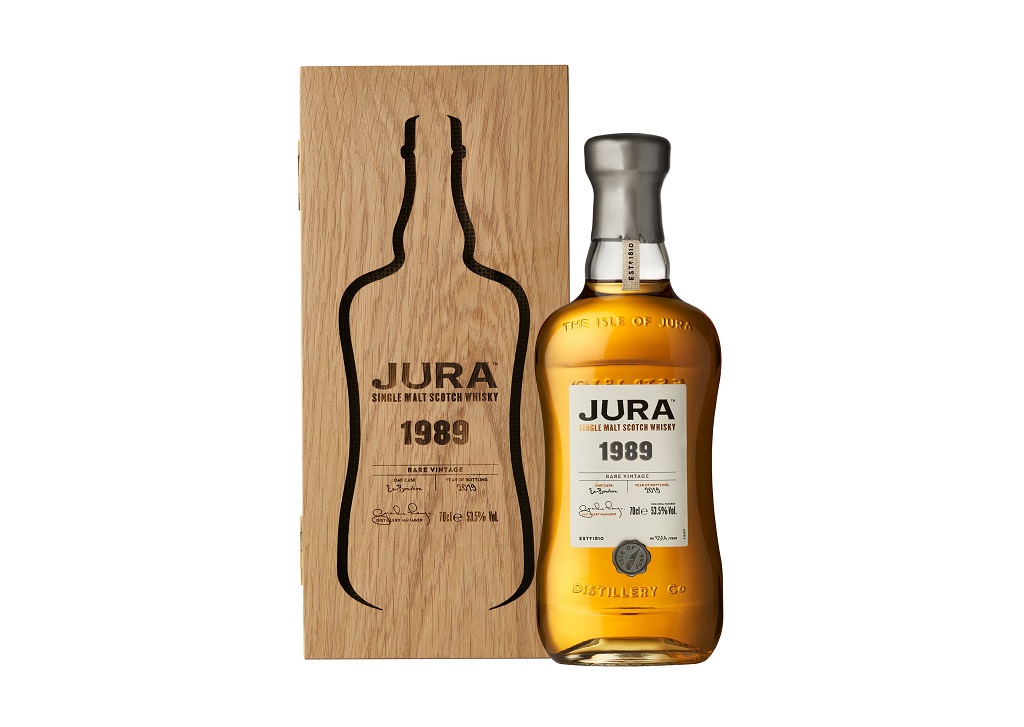

You acknowledge that the Service is protected by copyrights and database rights. By using the Service, and by creating an account you represent, warrant and confirm that you are of legal age. We have the right to ask you to provide proof of your age and/or to provide further identification to prevent underage usage and/or for any other legal or legitimate purpose. If no such law exists in a Member’s country of residence, the Member has to be over 21 years old to use the Service. We do not sell, nor does the Service provide any option to buy, any alcoholic products.Įach and every Member must be of legal drinking age in its country of residence to be allowed to use the Service. bottle facts, market-indices, market values and prices) on (mostly) whisky and allows Members to add information to the platform. Our Service is an online platform which provides Members with information (e.g. These General Terms and Conditions (“Terms”), as well as our Privacy Statement (“ Privacy Statement”), apply to your (“you”, “Member”) use of the Service (which includes visits to the Whiskybase websites).īy using our website(s) and registering for the Service, you expressly confirm acknowledgment and acceptance of the Terms and agree to be bound by them. (“Whiskybase”, “we” or “us”, company details below) offers a whisky enthusiasts online platform that provides its members access to the most comprehensive, transparent and trusted resource of whisky bottles and allows and stimulates its members to contribute information about whisky bottles to the platform (“Service”). A D is one star and a D- one-half of a star.Whiskybase B.V. A C- is two stars.ĭ+ to D-: Below average whiskey.

A B- is three stars.Ĭ+ to C-: Average whiskey. The best of the mass market whiskeys fit in this category, as do the bulk of the premium brands. Five stars.Ī-: A fine bottle of whiskey, representing the top end of the conventional, premium range.ī and B-: Good and above average. Above five stars.Ī: An outstanding bottle of whiskey, but lacking that special something which makes for a true masterpiece. A+: A masterpiece and one of the ten best whiskeys of its type. Some "premium" whiskeys really are quite terrible, while some mass market products are good enough to pour into a decanter and serve to the Duke of Edinburgh. The following indicators should be taken as only a guide and not a set of hard and fast rules.

The Whiskey Reviewer uses a letter-based rating system, instead of the numerical 100-grade rating system. The finish picks up on the peppery, dry aspect of the scent, winding down with some light warmth.Įxpect a 750ml bottle of Jura 10 Year Old to run you $50. Once again, it’s simple stuff, so simple that it’s missing some elements that were present on the nose and without anything new taking up the gap. On the palate, it’s got a silky texture, and a flavor that smacks of malty cereals and apples, with just a touch of anise to make things interesting.

It’s a simple, but well-rounded and balanced scent, and very much in tune with what one might imagine for an Islands single malt. The nose has a soft, sweetly honeyed cereal base, joined with dabs of peat smoke, pepper and dry oak. The liquid is somewhat viscous, leaving just a few legs after a swish and those resembling the veins of a leaf. In the glass, Jura 10 Year Old has a lightly coppered, golden appearance, something like apple juice. Finally, the whisky is now known to be aged in ex-bourbon barrels and finished in Sherry butts. The American bottling is 40% ABV, just like the rest of the world. Now the “Origin” is gone, so it’s simply Jura 10 Year Old. Once upon a time there were two versions of this release, a 43% ABV, 750ml bottling for the American market and a 40% ABV, 70cl bottling for the rest of the world, and both were once titled “Origin.” Jura 10 Year Old is the core expression in the distillery’s single malt line, and has gone through at least three changes of appearance and titling since my first exposure to Jura 10 Year Old some years ago. It’s presently part of the Whyte & Mackay portfolio, which in turn is owned by the Filipino company Emperador (itself part of Alliance Global Group). Jura Distillery dates back to 1810, before the easing of restrictions on distillation under the Excise Act of 1823 that effectively legalized Scotch production. It’s a mountainous and boggy island, and it’s main claims to fame are having more deer than people, that George Orwell retreated there to write 1984 and its whisky distillery. Jura is an island in the Inner Hebrides, north of and adjacent to Islay. It’s been a while since we’ve touched on Jura single malts (several years for me in particular), so I think a little reintroduction is in order.


 0 kommentar(er)
0 kommentar(er)
